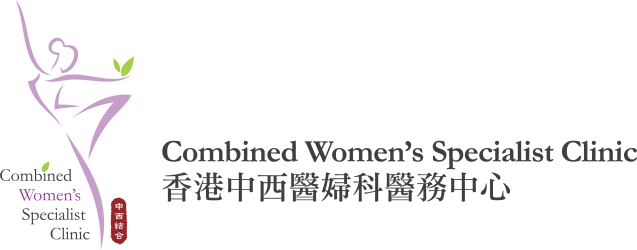Hyperplasia of Mammary Glands

Hyperplasia of mammary glands, also known as “lobular hyperplasia”, refers to the overgrowth of epithelium and fibrous tissue of the breast. When the ovarian secretion of estrogen level is too high and progesterone level is too low, it can lead to mammary gland and lobular tissue to undergo degeneration in the structure and proliferation of connective tissue. It is caused mainly due to hormonal imbalance.
Hyperplasia of mammary glands is the most common female breast disease, usually occurs in women aged 25 to 45. It has high incidence rate among other breast diseases with an increasing occurrence and trend among younger generation.
Early onset of hyperplasia patients will experience cyclical breast pain, intensified premenstrual symptoms, appearance of breast lumps etc. Delayed treatment may develop into breast cancer.
There are many types of hyperplasia of mammary glands, some are entirely physiological (such as simple hyperplasia), which will subside without special treatment. In the case of pathological (such as cystic hyperplasia), it must be treated as soon as possible to avoid developing into cancer.
Types Of Hyperplasia Of Mammary Glands:
- Simple hyperplasia type (also known as “breast pain”) is a normal physiological phenomenon. Patients mainly experience partial periodic breast pain which gradually die down after menstruation. If pain persists, patients need to remain relax to ease the hormone or consult a Chinese practitioner to relieve the symptoms with Chinese medicine.
- Pathological cystic hyperplasia type is a chronic disease, patients experience with severe endocrine disorders, resulting to the death of accumulated ductal cells and epithelial cells of the breast, and forming appeared as circular or elliptic cystic mass. With a mutation rate in cancer as high as 90% and more, patients are advised to consult specialist for diagnosis with the help of equipment and maybe required test from pathology laboratory, as it is difficult to diagnosis based on touch alone.



